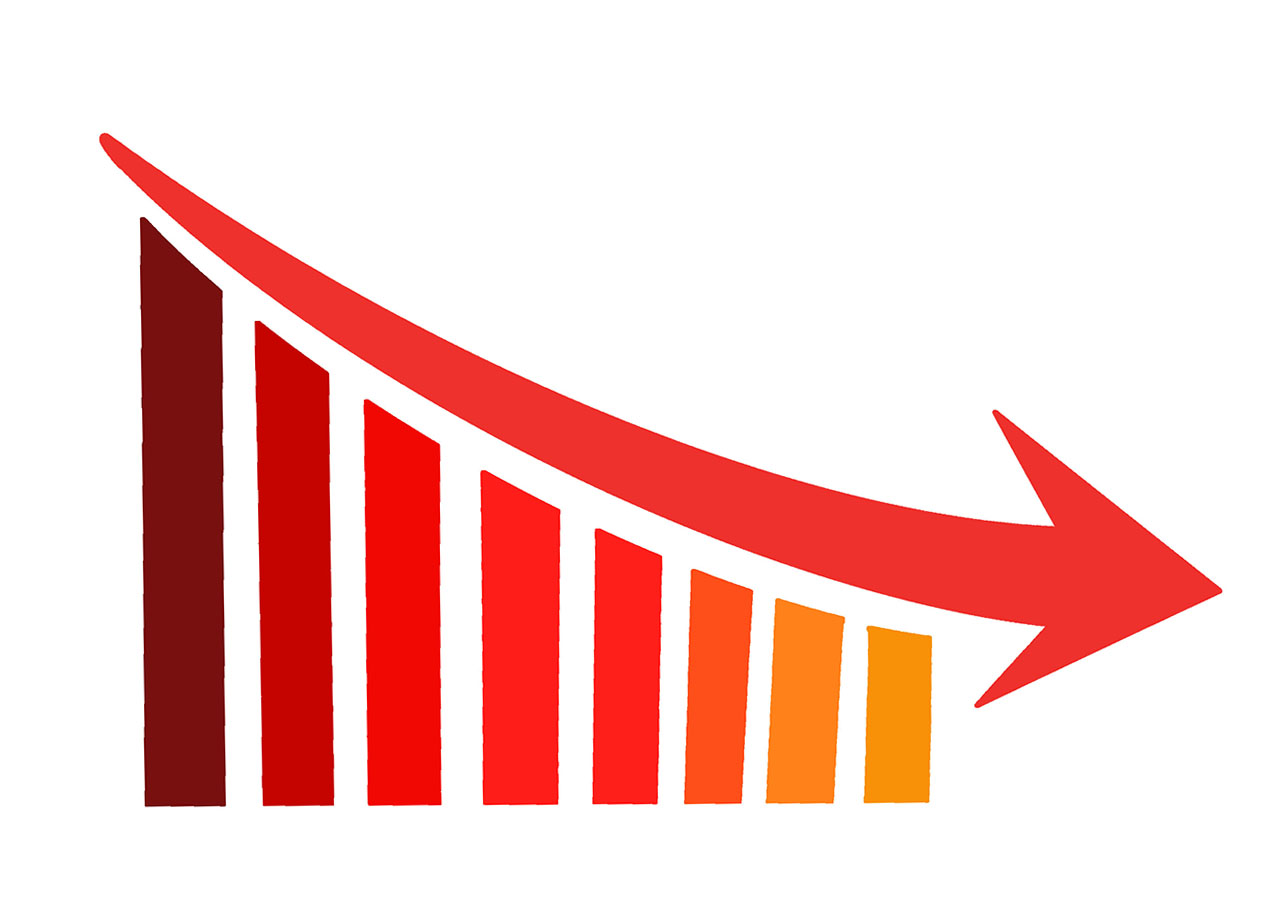
The same way COVID-19 symptoms are more severe in people with pre-existing health conditions, the resulting economic crisis is equally exposing and worsening financial vulnerabilities that have built up during a decade of extremely low rates and volatility. As such, cushioning the adverse economic impact of the coronavirus pandemic has been a front burner in Sub-Saharan Africa (SSA). The region has not been left out of the global easing cycle in response to fears of a slow post-lockdown recovery.
SSA central banks have been bias in favour of economic growth – with the most recent being the Central Banks of Nigeria (CBN) and The Gambia (CBG) – taking advantage of the looser financial conditions in advanced economies. Year-to-date interest rates in the region are down by an average of over 150bps, with countries like Cape Verde, South Africa, The Gambia, Zambia and Namibia leading the pack with cuts over 200bps deep. But how deep can the cuts go?
While the question of how much monetary policy can do to stave off a recession – in the midst of social restrictions - still lingers, a looser stance equally comes with internal and external cons. Whereas monetary policy accommodation in industrialized economies could stimulate spending and prevent a deflationary spiral, similar levels of accommodation by SSA central banks could trigger a speculative boom in various asset markets and intensify existing inflationary pressures. Therefore, in as much as the region’s central bankers have taken up the economic growth gauntlet, the inflation objective could restrict monetary policy mettle.
Also, the region’s reliance on commodity export to advanced economies and large emerging markets in lockdown is a key economic weakness with multifaceted consequences. One of such consequences is the dependence on hot money flows that are strongly correlated with commodity price cycles. With commodity prices likely to remain depressed in the near-term, SSA countries need portfolio flows - now more than ever - to prevent local currency markets from getting heated.
In view of the fact that aggressive monetary accommodation could exacerbate the region’s macroeconomic risks, many central bankers’ hands could remain tied. Countries’ levels of resource-intensity and exchange rate regimes could influence monetary policy decisions going forward. While the end of the 2000s commodities super-cycle has given resource-poor countries more room to stimulate economic growth with monetary tools at this time, commodity exporters with a floating exchange rate regime can enjoy some flexibility because they have the benefit of the external shock-absorber effect a floating regime provides.
Already, tourist-based economies with permissible levels of inflation - such as Cape Verde and The Gambia - have been more aggressive with their rate cuts. This has been triggered by the need to spur growth in other sectors of their economies as global tourism remains decimated. Among commodity exporters, however, central banks in petroleum sensitive countries have erred on the side of caution – with only Nigeria announcing a 100bps deep rate cut at its third Monetary Policy Committee (MPC) meeting to signal commitment to post-COVID economic recovery.
Vulnerability of SSA countries to COVID-19 monetary policy response
| Country | Ex. Rate Regime |
Resource Intensity |
Tourism Intensity |
Real Int. Rate (Apr'20) |
Inflation Trend |
|---|---|---|---|---|---|
| Mozambique | Floating | Poor | Low | 7.68% | |
| Uganda | Floating | Poor | Medium | 4.65% | |
| Seychelles | Floating | Poor | High | 3.92% | |
| Ghana | Floating | Gold | Low | 3.53% | |
| Kenya | Soft Peg | Poor | Medium | 1.31% | |
| South Africa | Floating | Gold | Medium | -0.34% | |
| Tanzania | Soft Peg | Gold | Medium | 1.65% | |
| Gambia | Soft Peg | Poor | High | -0.30% | |
| Mauritius | Floating | Poor | High | -2.26% | |
| Cape Verde | Soft Peg | Poor | High | -0.30% | |
| Botswana | Soft Peg | Diamond | Medium | 1.71% | |
| Rwanda | Soft Peg | Poor | Medium | -5.09% | |
| Angola | Soft Peg | Oil | Low | -4.40% | |
| Nigeria | Soft Peg | Oil | Medium | 0.14% | |
| Zambia | Floating | Copper | Medium | -5.41% | |
| Zimbabwe | Soft Peg | Tobacco | Low | -86.71% |
Sources: IMF, Trading Economics, Vetiva Research
Going forward, inflation developments will play a big role in the region’s policy decisions as exchange rate swings and declines in commodity prices would affect headline inflation. With only eight SSA countries currently adopting floating exchange rate regimes and half of the region being resource-intensive, the window for additional monetary policy accommodation remains narrow, as central bankers need to balance existing economic risks in both the real and external sectors. Smaller countries like Mozambique and Uganda may have more room for further monetary easing to support economic growth, while heavyweights like Nigeria and Angola would be constrained by a myriad of external factors (drop in FX receipts, negative real interest rate and exchange rate regime) that can pose a further threat to macroeconomic stability.